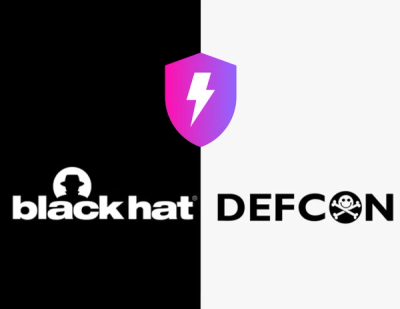
Security News
Meet Socket at Black Hat and DEF CON 2025 in Las Vegas
Meet Socket at Black Hat & DEF CON 2025 for 1:1s, insider security talks at Allegiant Stadium, and a private dinner with top minds in software supply chain security.

Zyne is a Python MVC web framework built for agility.
It's a WSGI framework and can be used with any WSGI application server such as Gunicorn.
pip install zyne
from zyne.api import API
app = API()
@app.route("/home")
def home(request, response):
response.text = "Hello from the HOME page"
@app.route("/hello/{name}")
def greeting(request, response, name):
response.text = f"Hello, {name}"
@app.route("/book")
class BooksResource:
def get(self, req, resp):
resp.text = "Books Page"
def post(self, req, resp):
resp.text = "Endpoint to create a book"
@app.route("/template")
def template_handler(req, resp):
resp.body = app.template(
"index.html", context={"name": "Zyne", "title": "A MVC Web Framework"}).encode()
The recommended way of writing unit tests is with pytest. There are two built in fixtures
that you may want to use when writing unit tests with Zyne. The first one is app which is an instance of the main API class:
def test_route_overlap_throws_exception(app):
@app.route("/")
def home(req, resp):
resp.text = "Welcome Home."
with pytest.raises(AssertionError):
@app.route("/")
def home2(req, resp):
resp.text = "Welcome Home2."
The other one is client that you can use to send HTTP requests to your handlers. It is based on the famous requests and it should feel very familiar:
def test_parameterized_route(app, client):
@app.route("/{name}")
def hello(req, resp, name):
resp.text = f"hey {name}"
assert client.get("http://testserver/matthew").text == "hey matthew"
The default folder for templates is templates. You can change it when initializing the main API() class:
app = API(templates_dir="templates_dir_name")
Then you can use HTML files in that folder like so in a handler:
@app.route("/show/template")
def handler_with_template(req, resp):
resp.html = app.template(
"example.html", context={"title": "Awesome Framework", "body": "welcome to the future!"})
Just like templates, the default folder for static files is static and you can override it:
app = API(static_dir="static_dir_name")
Then you can use the files inside this folder in HTML files:
<!DOCTYPE html>
<html lang="en">
<head>
<meta charset="UTF-8">
<title>{{title}}</title>
<link href="/static/main.css" rel="stylesheet" type="text/css">
</head>
<body>
<h1>{{body}}</h1>
<p>This is a paragraph</p>
</body>
</html>
You can create custom middleware classes by inheriting from the zyne.middleware.Middleware class and overriding its two methods
that are called before and after each request:
from zyne.api import API
from zyne.middleware import Middleware
app = API()
class SimpleCustomMiddleware(Middleware):
def process_request(self, req):
print("Before dispatch", req.url)
def process_response(self, req, res):
print("After dispatch", req.url)
app.add_middleware(SimpleCustomMiddleware)
FAQs
Zyne: Python MVC Web Framework.
We found that zyne demonstrated a healthy version release cadence and project activity because the last version was released less than a year ago. It has 1 open source maintainer collaborating on the project.
Did you know?

Socket for GitHub automatically highlights issues in each pull request and monitors the health of all your open source dependencies. Discover the contents of your packages and block harmful activity before you install or update your dependencies.

Security News
Meet Socket at Black Hat & DEF CON 2025 for 1:1s, insider security talks at Allegiant Stadium, and a private dinner with top minds in software supply chain security.

Security News
CAI is a new open source AI framework that automates penetration testing tasks like scanning and exploitation up to 3,600× faster than humans.

Security News
Deno 2.4 brings back bundling, improves dependency updates and telemetry, and makes the runtime more practical for real-world JavaScript projects.